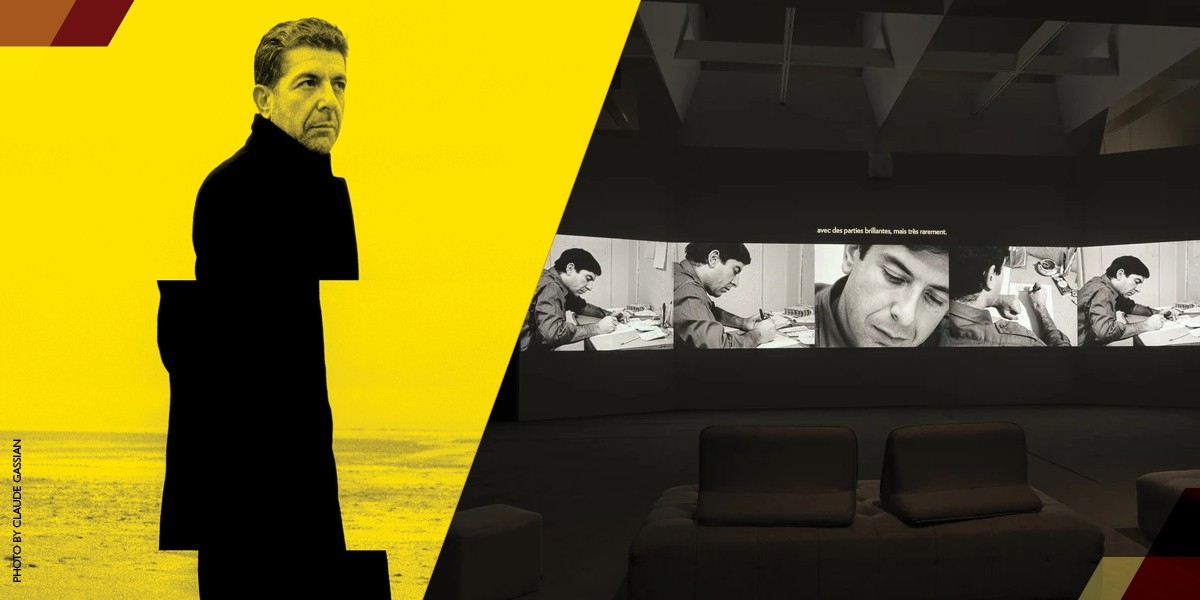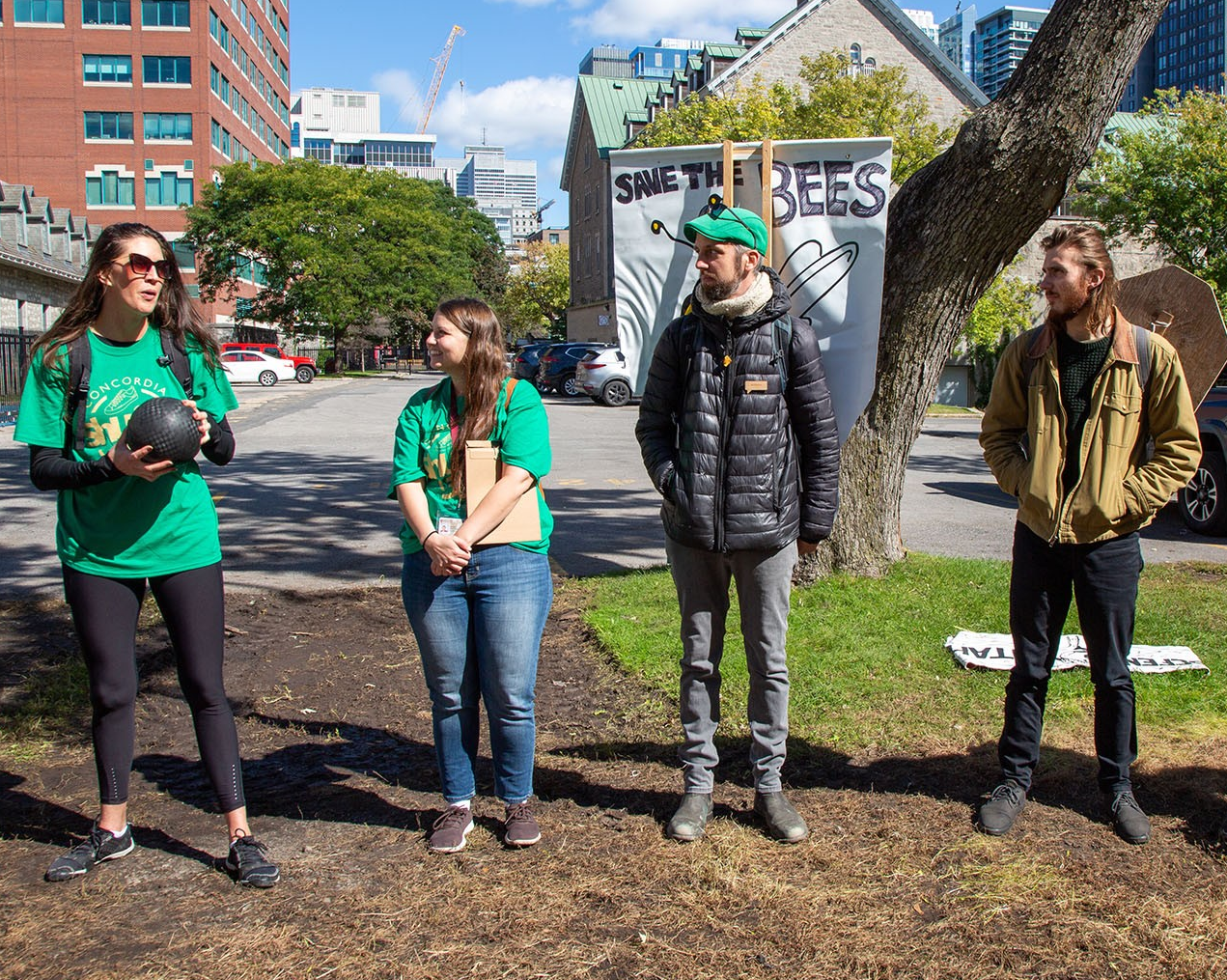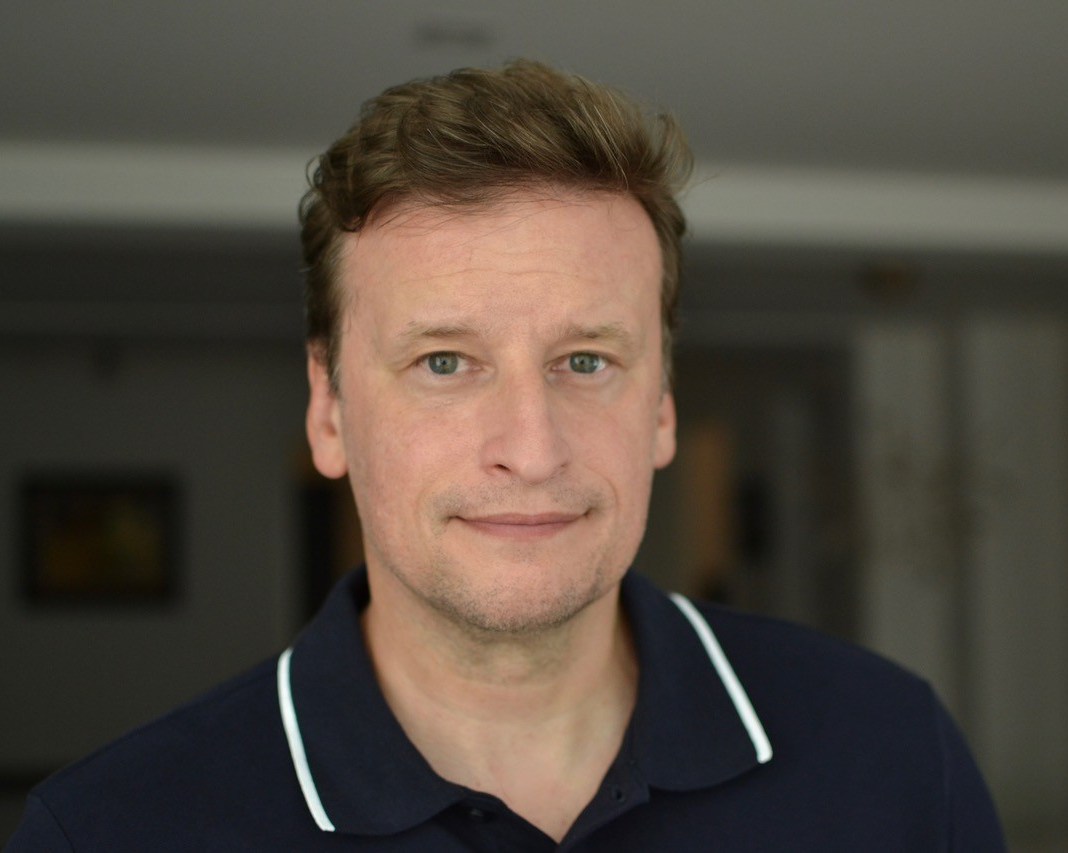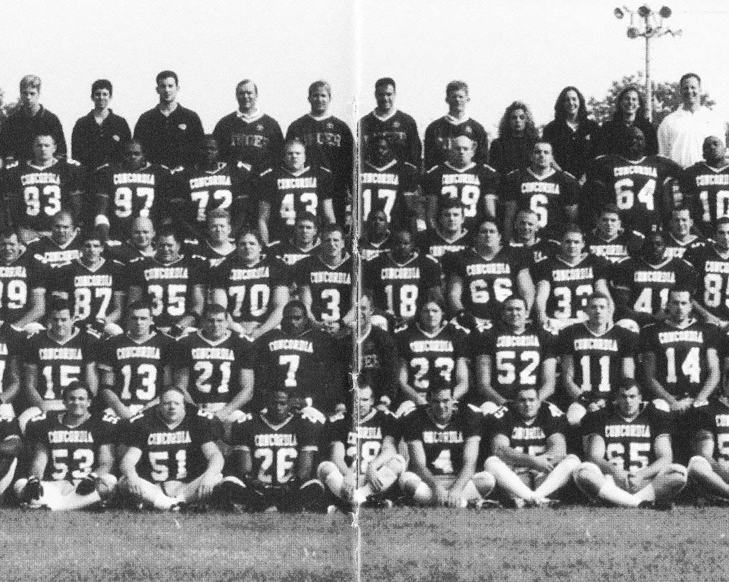Leonard Cohen’s next ‘world tour’ starts in New York City: record-breaking Montreal exhibition co-curated by Concordian
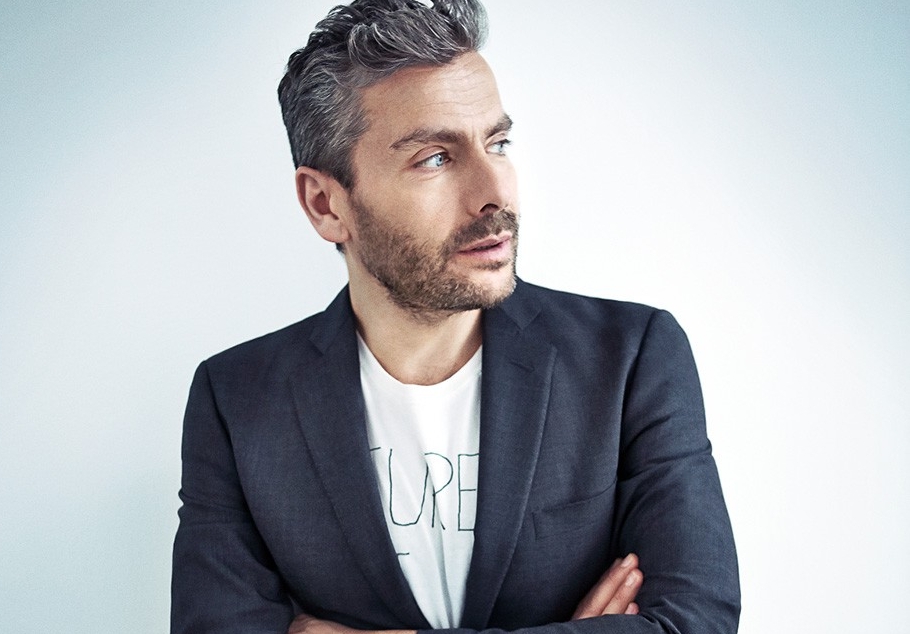
There has never been a greater time to run a contemporary arts museum, says John Zeppetelli, BFA 84, director and chief curator of the Musée d’art contemporain de Montréal.
In 2013, Zeppetelli joined the MAC which under his stewardship has become one of the world’s great contemporary art museums. The MAC is also currently undergoing a building transformation project: “We hope to relaunch in 2023,” Zeppetelli says.
Zeppetelli also curated, with guest curator Victor Shiffman, the extraordinary “Leonard Cohen: A Crack in Everything,” the most successful exhibition in the history of the MAC, drawing more than 300,000 visitors.
The Cohen exhibition now embarks on a multi-city world tour, beginning at the Jewish Museum in New York (April 12 to September 8) before travelling to Copenhagen’s Kunstforeningen GL STRAND and Nikolaj Kunsthal (October 2019 – March 2020) and San Francisco’s Contemporary Jewish Museum (September 2020 – January 2021).
Zeppetelli says the Cohen exhibition “has been one of the great professional experiences of my life.”
He recently sat down for a candid Q&A about the exhibition and the importance of art.
Concordia: How did the exhibition come about and did you get Cohen’s blessing before he passed away in November 2016?
John Zeppetelli: We were trying to figure out what we wanted to do for the 375th anniversary of Montreal in 2017 — that’s a really important component of the story — and we came upon the idea of Leonard Cohen. It is a very ambitious exhibition, one we could not normally do, but we were able to double our budget with a grant from the Montreal 375 celebrations committee.
Cohen is not only a very important local figure but also, conveniently for us, a global figure. But Leonard was a very private person and would he consider being the subject of an exhibition at the MAC in his home city?
So we wrote to his manager, Robert Kory, about the proposed exhibition, with the caveat that this exhibition would feature commissioned pieces inspired by Cohen’s own work, which is very much in the mandate of our contemporary art museum.
We were anxious and convinced Leonard would say no. Then Robert Kory replied, “Leonard will not get in your way.” Which was a very Cohen-esque thing to do. However, Kory added, “Under no circumstances will he participate, nor will he meet any of the artists.”
Which suited us perfectly because we didn’t want them breathing down our neck. We had total editorial freedom. And I think Leonard really loved the concept. I think he was touched that younger artists were so inspired by his body of work.
What was it like when rock star Bono of U2 visited the exhibition at the MAC?
Zeppetelli: We got a call when U2 were in Laval, Que., rehearsing their Innocence + Experience world tour. Bono is a huge fan of Cohen, and when the exhibition closed, he and his entourage spent several hours at the museum checking it out. I greeted him when he came in via a side entrance. He is a perfectly lovely guy and he was super excited to see the show.
How did this exhibition end up at New York City’s Jewish Museum?
Zeppetelli: There was great interest in Leonard, especially after his passing. After one of the Jewish Museum trustees saw the exhibition and raved about it, Jewish Museum director Claudia Gould visited, loved it and now it opens in New York on April 12.
You will speak at the Concordia University Alumni Association New York chapter event on May 14, 2019.
Zeppetelli: I will take the alumni on a personal tour of the exhibition at the Jewish Museum!
Before joining the MAC in 2013, you were curator at DHC/ART Foundation — now called the Fondation Phi pour l’art contemporain — since its opening in Old Montreal in 2007. What was that like?
Zeppetelli: Amazing. I had been trying to decide whether to make a career as an artist — I did a double major at Concordia, in film and in painting — and tapped into the grant system in Canada, before deciding where I could be most effective. It was the public programs and exhibitions I organized at the Saidye Bronfman Centre for the Arts (today called the Segal Centre for Performing Arts) that got me noticed by DHC/ART, headed by Phoebe Greenberg, who hired me as curator. It changed my life. She has incredible vision and we did some wonderful shows together. I owe Phoebe a lot.
How did your time and studies at Concordia help shape you and your career?
Zeppetelli: It was my undergraduate degree, so it was very important. I was a young artist and it was an incredibly important time in my life. Concordia is a serious school when it comes to arts, and today the Mel Hoppenheim School of Cinema is known around the world. A combination of studio practice, theoretic and historical grounding enabled me to pursue a career in the arts.
You ran the MFA Visiting Artist Program at Concordia University.
Zeppetelli: I ran it for a couple of years when I taught the Video History and Theory class at Concordia for three or four years in the 1990s.
How do you see the place of art in the world?
Zeppetelli: Art is fundamental to our well-being. I see it as the secular spirituality that has perhaps replaced the religious experience.
It is also incredibly positive and encouraging to know that every city in the world has a museum in their town centre, and that contemporary art is gaining so much ground at the moment. There is a huge building boom of museums around the world right now, and most of the museums being built are for contemporary art purposes.
Art has become this vast field of interdisciplinary activity. It is difficult to define what contemporary art is exactly. Traditional media like painting and sculpture, great as they are, do not dominate anymore, so anything – provided it takes a material form or sometimes even an immaterial and purely conceptual form – can be considered art, especially if it draws from a tradition in the visual arts. I see it as an objectification of the many experiences of the world.


